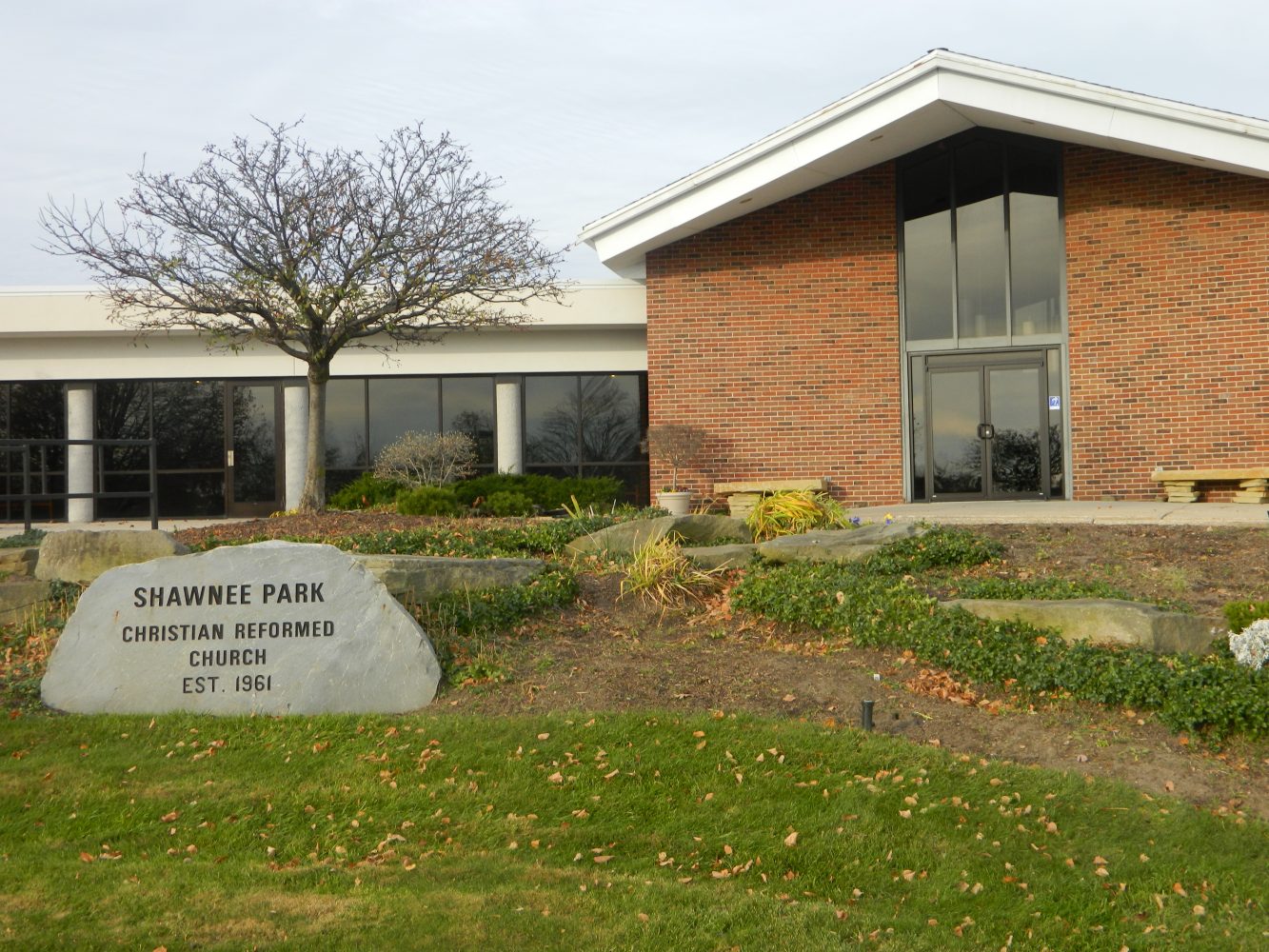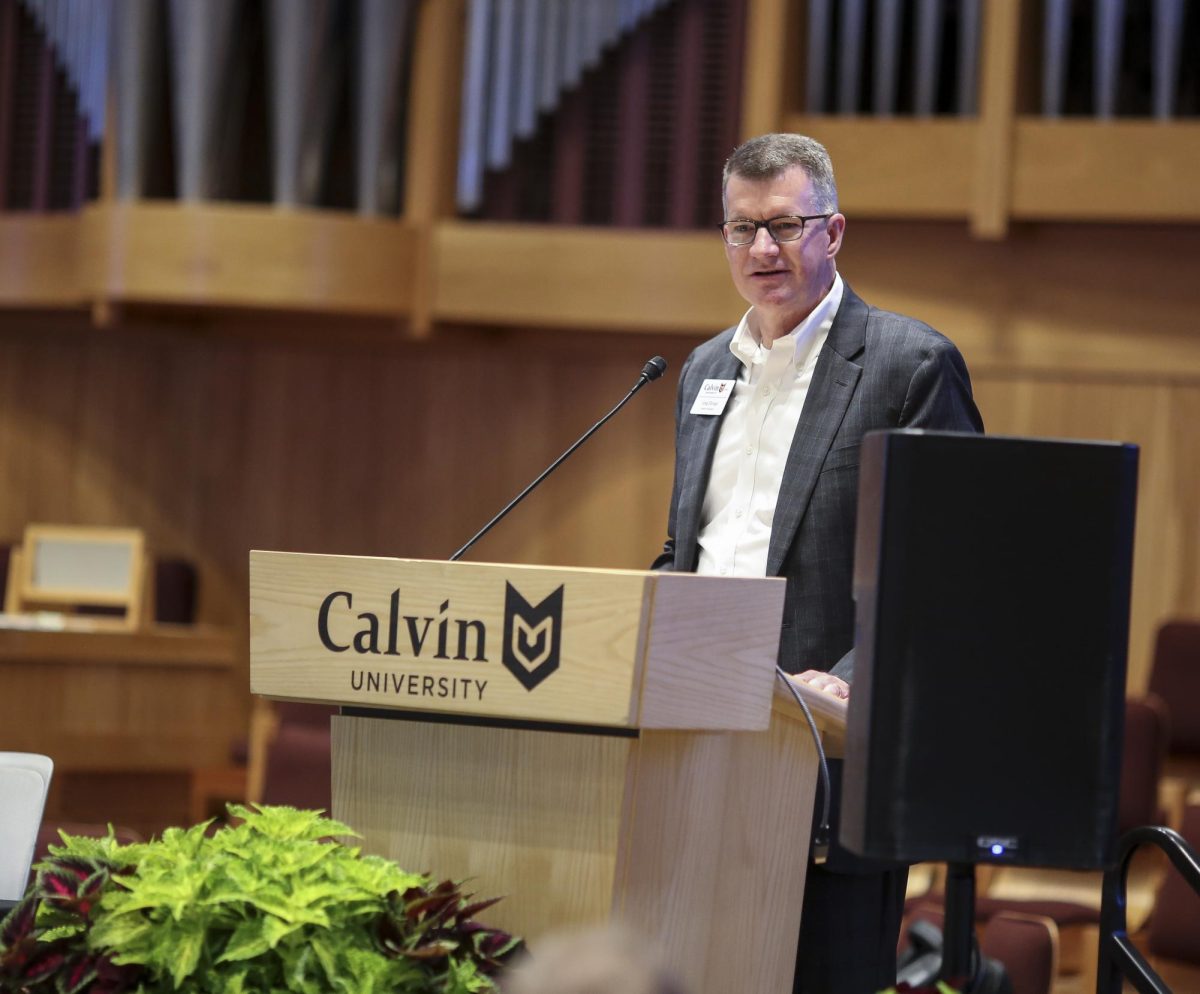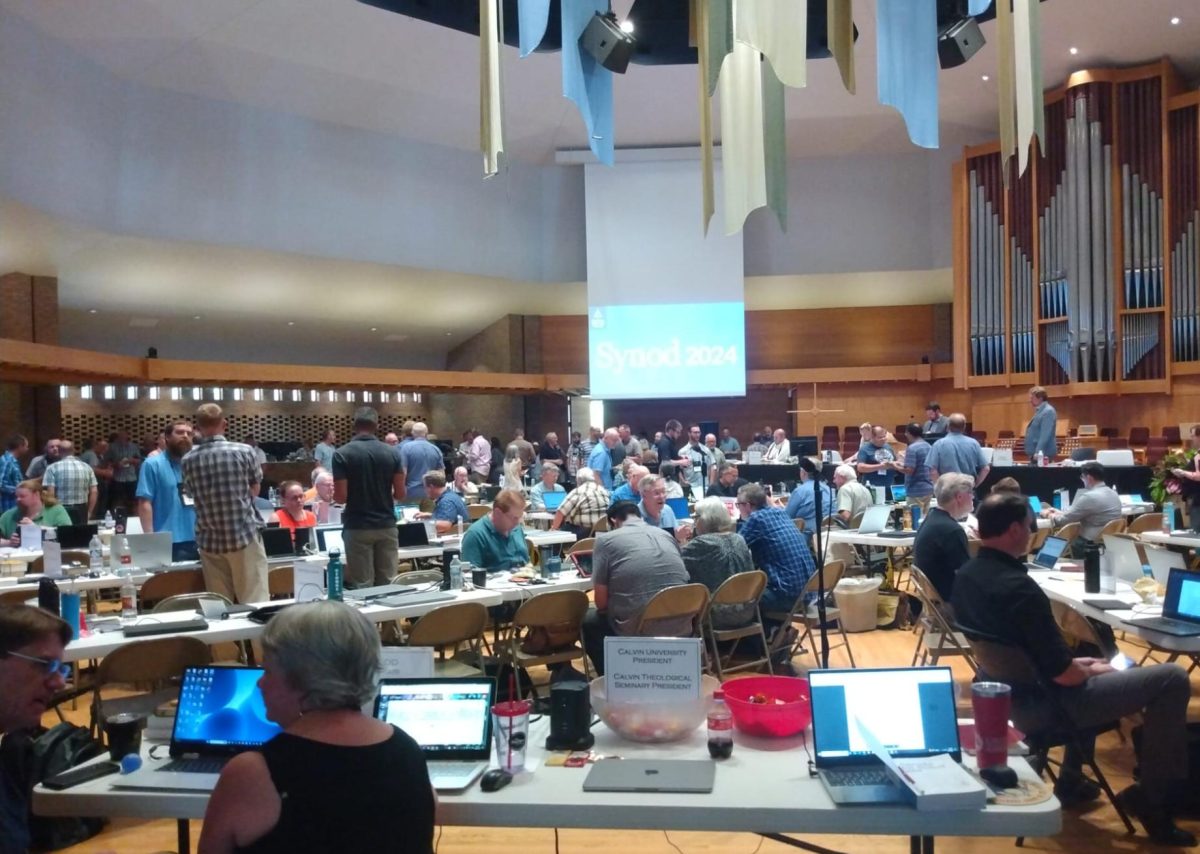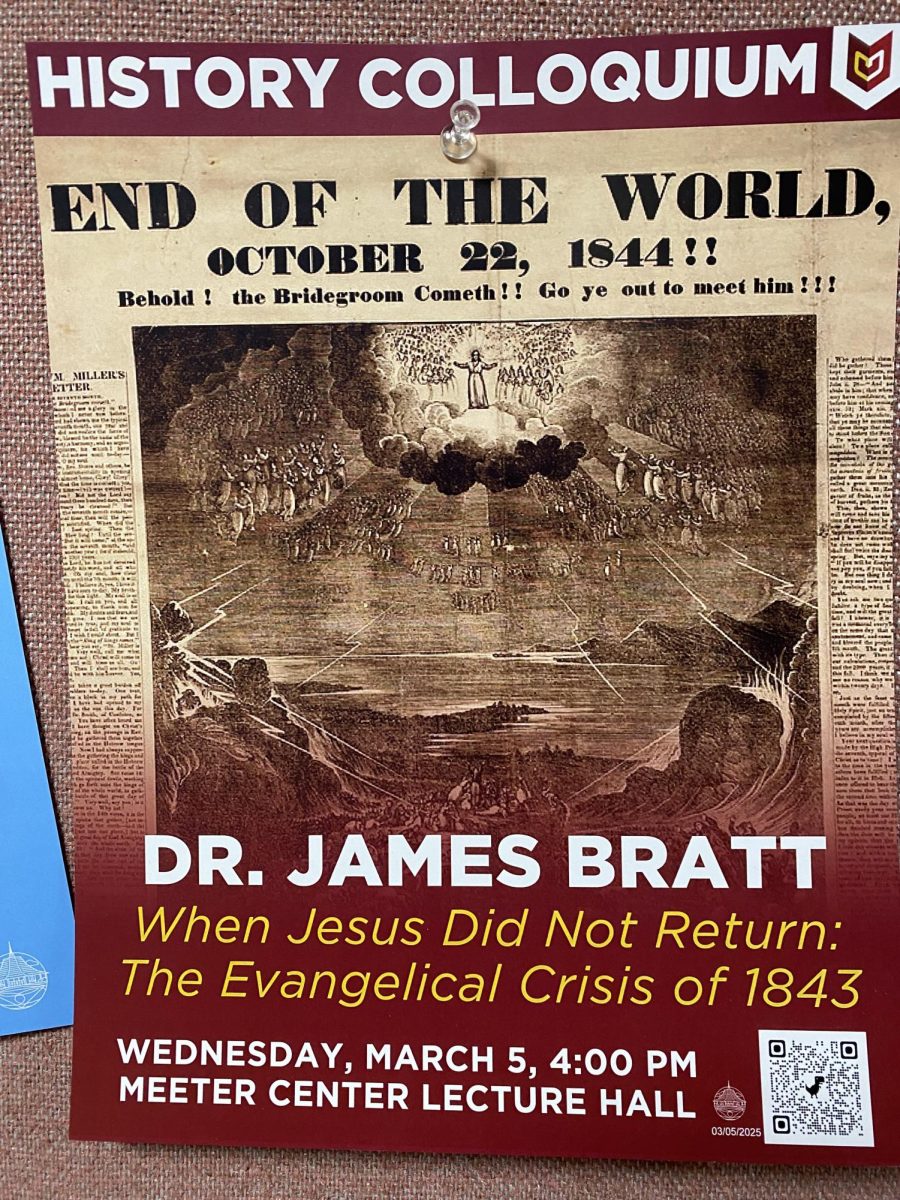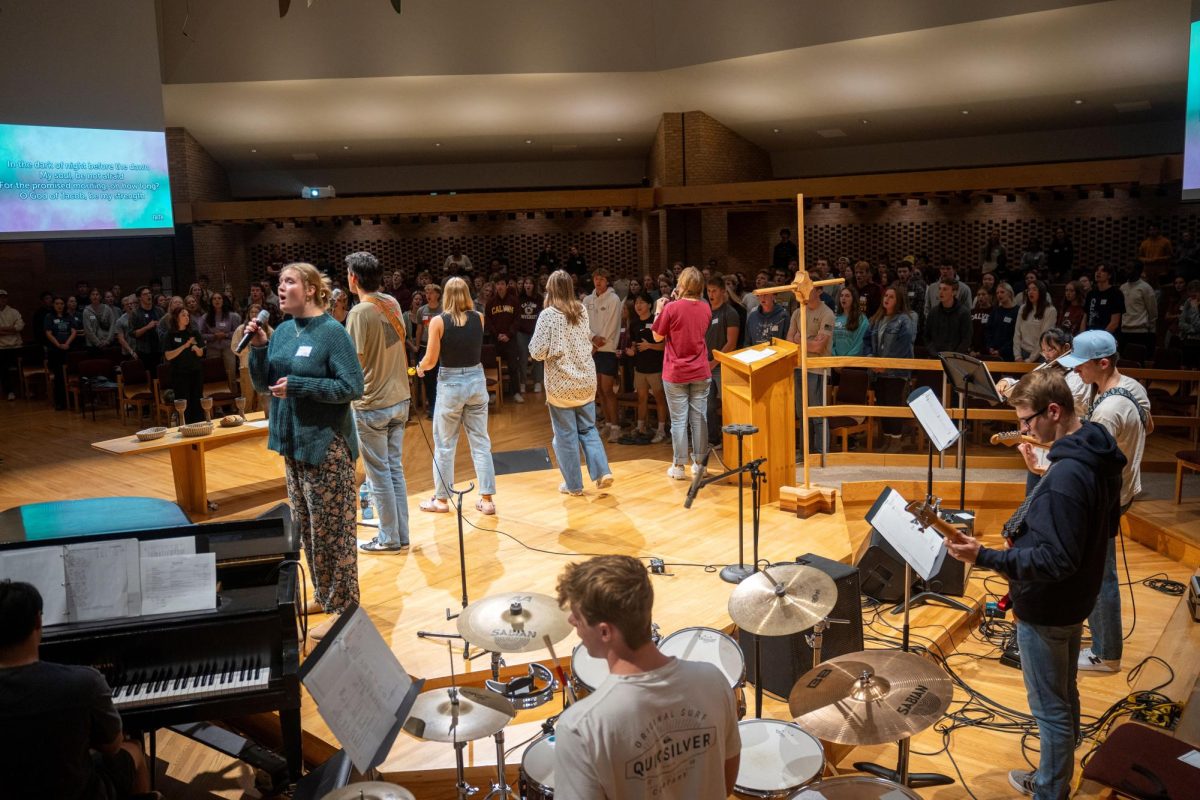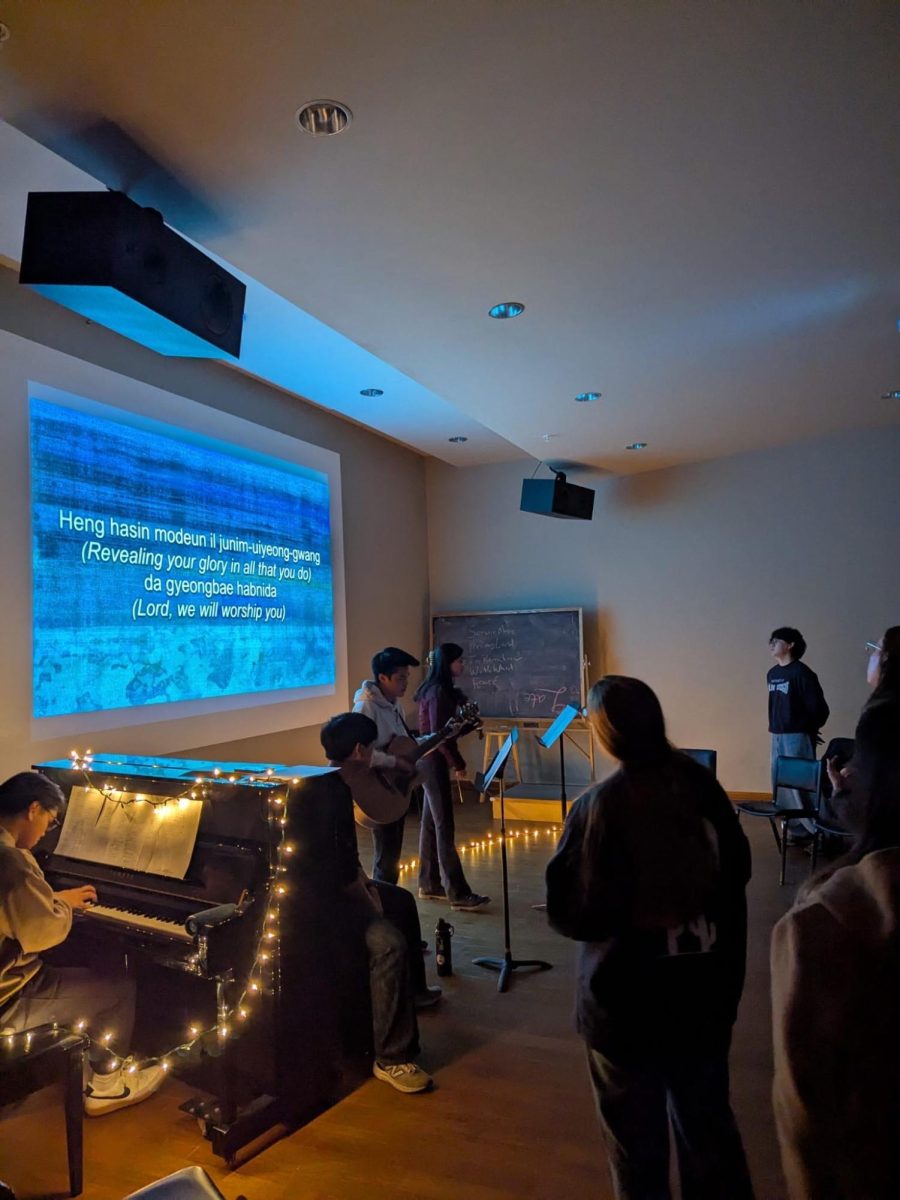A survey of 902 students, representing 23.7 percent of the student body, will help students find churches that fit their needs, according to senior Joel Altena.
Altena will combine the data from this survey with information he will collect from churches to create an interactive resource to pair students with churches.
This project is part of Altena’s role as a Jubilee Fellow. The Jubilee Fellow project has three parts: a class in the spring, an internship during the summer and a service project in the Fall.
When thinking about the project, Altena knew that he wanted to develop a system to pair students with churches because of his own positive experience being involved at Shawnee Park. For his project, he wanted to somehow aide other students in seeking out with this same opportunity.
He met with interim associate chaplain Matt Postma to try to figure out what this would look like. They considered putting on events or hosting a church fair, but he knew such events were already being done by student senate, campus ministries, the congregational and ministries studies department and the service-learning center.
“I wondered how I could come alongside what was already happening,” Altena said. “I got in contact with [these departments] to see how I can work alongside them.”
Altena found the lists of churches through the student senate website and campus ministries to be great resources already in place, but he wondered how he could “speed up the process of finding a church.”
“Sometimes I think it can be overwhelming for students to look at a list of churches,” Altena said. “I asked: how can we create a resource for students to select options and find ones that fit them?”
The survey contained six questions about what students look for in a church. Altena purposefully included an “other” option because he was interested in things students look for he may not have included on the survey.
“If we know what students are looking for, we know how to categorize churches,” Altena said. “Moving forward, the next step is to ask churches the same questions.”
Altena is currently working on sending the same survey questions to churches to see what features local churches have:
“The survey will ask questions that lead them to honest answers on who they are and give full picture of who they are,” he said.
This survey will ultimately help shape an online resource for students to find churches that fit their needs. It also “provided insight on students.”
The survey revealed that 52 percent of students considered denomination while looking for churches while 48 percent did not. The survey also showed that 68.5 percent of participants attend church 3-4 times a month. Altena was pleased with this response, but there were also 155 out of 902 participants who said they would like to attend a church but are not. To him, this result affirmed that what he is doing will have an impact.
“We know there are at least 155 people who can use this resource,” he said.
Altena’s overall goal is to get students involved and invested in churches for a relationship that is mutually beneficial.
“My goal is that students will settle into a church and say, ‘This is where I am going to invest,’” Altena said.
Altena stressed that this project is not complete. The student church survey was “successful and good, but it was only half.” If any students are interested in giving feedback, they should contact him.
“This is a resource for students. We think its important students are heard,” Altena said.
Altena hopes that the data from local churches will be compiled by spring and he will then be able to have the online resource available.



